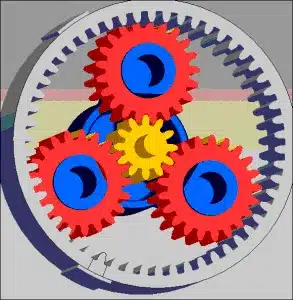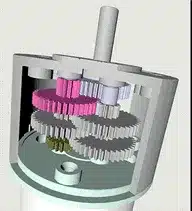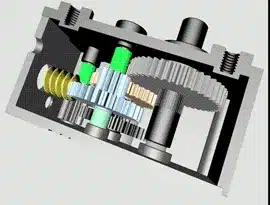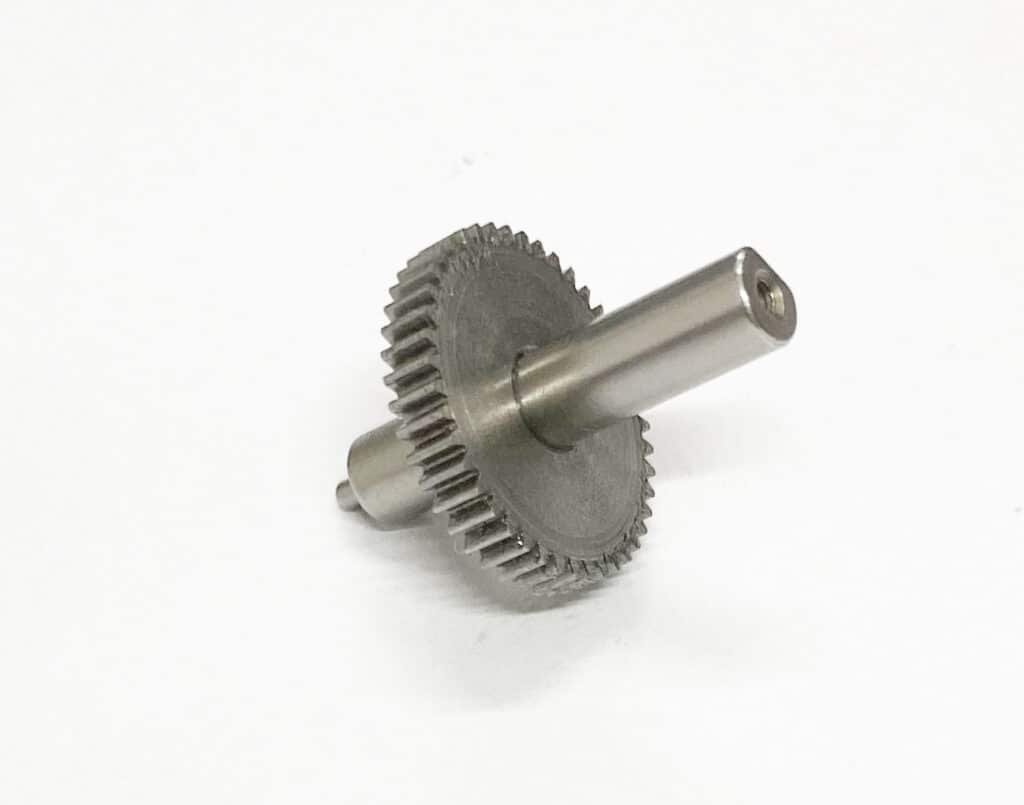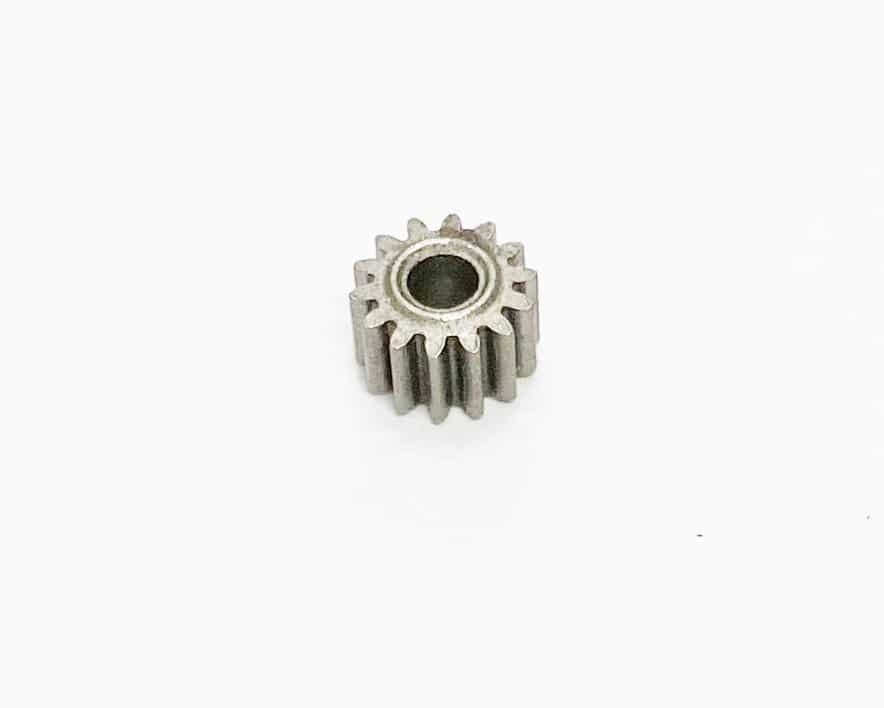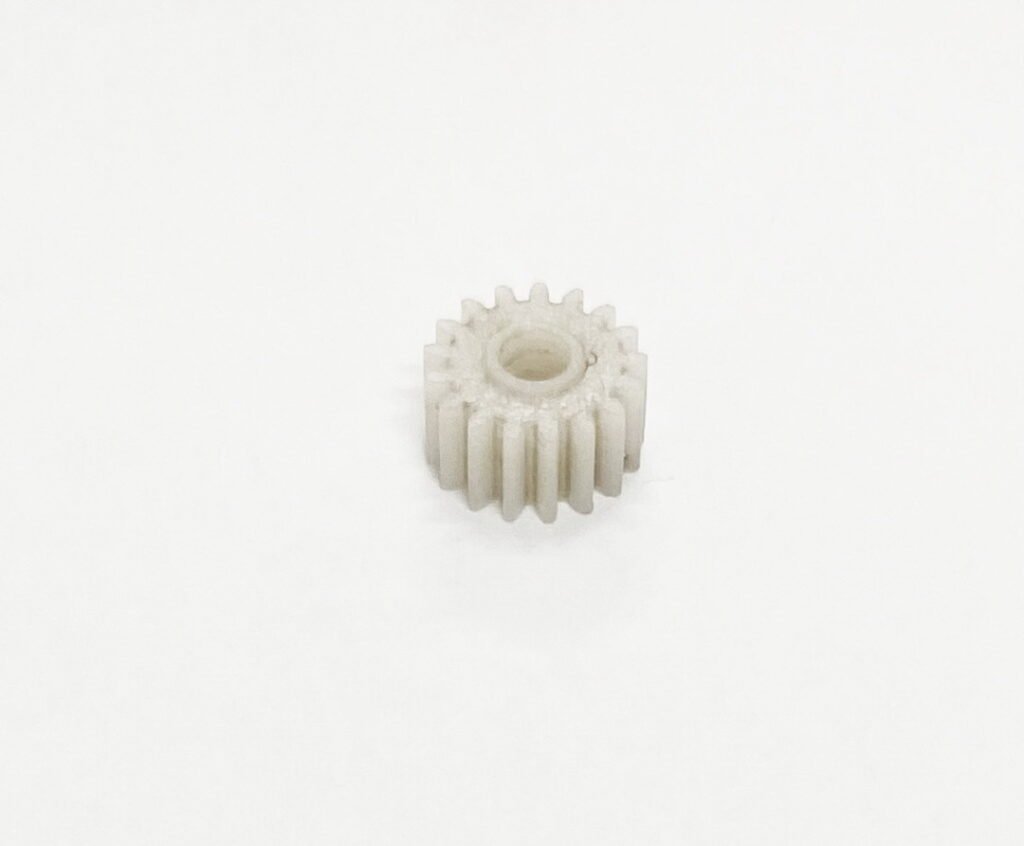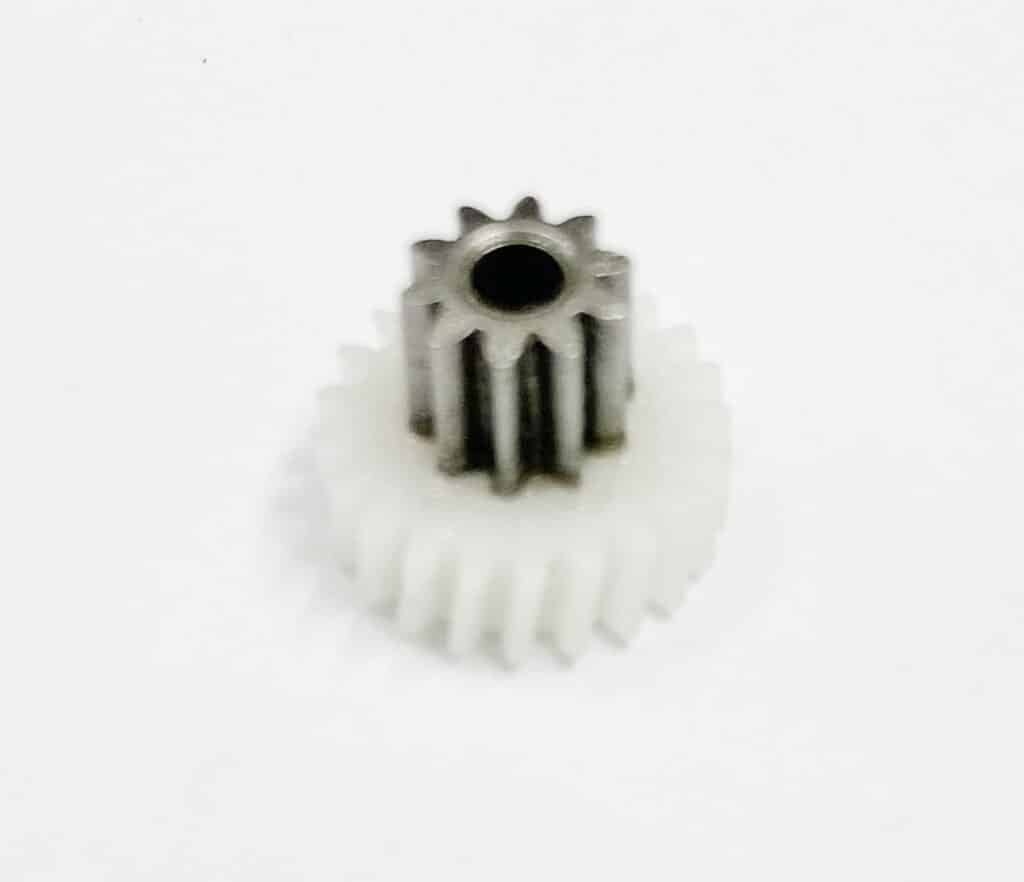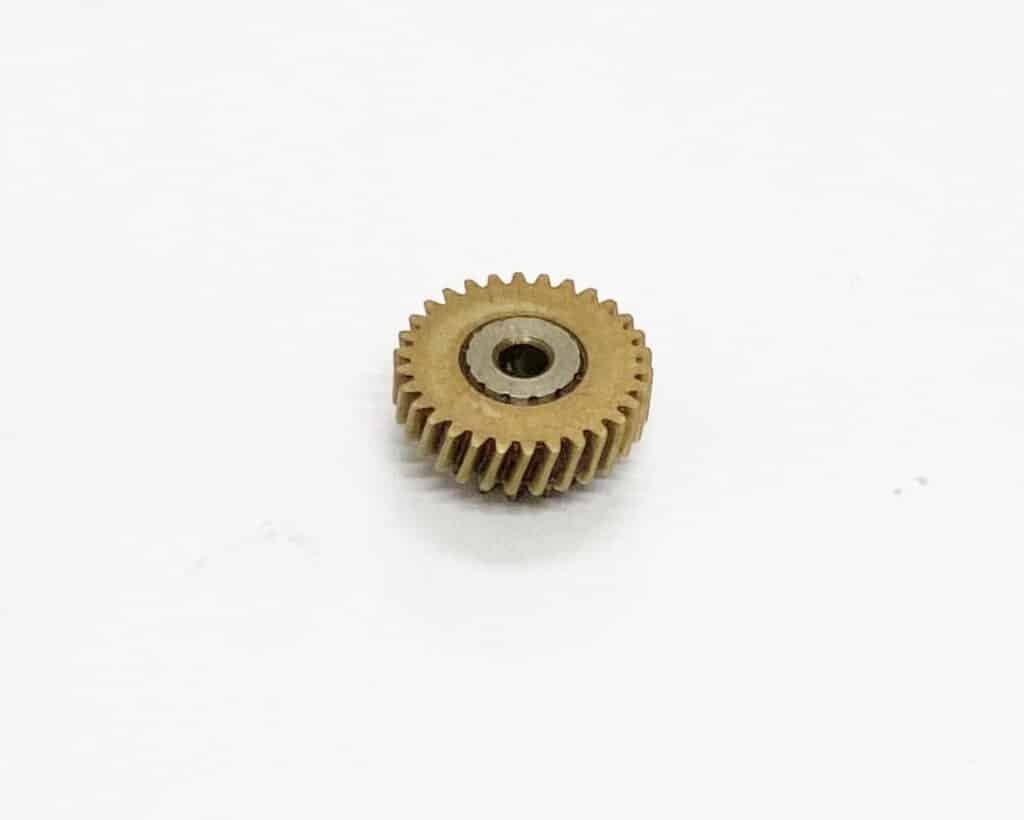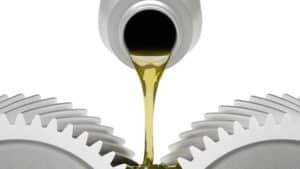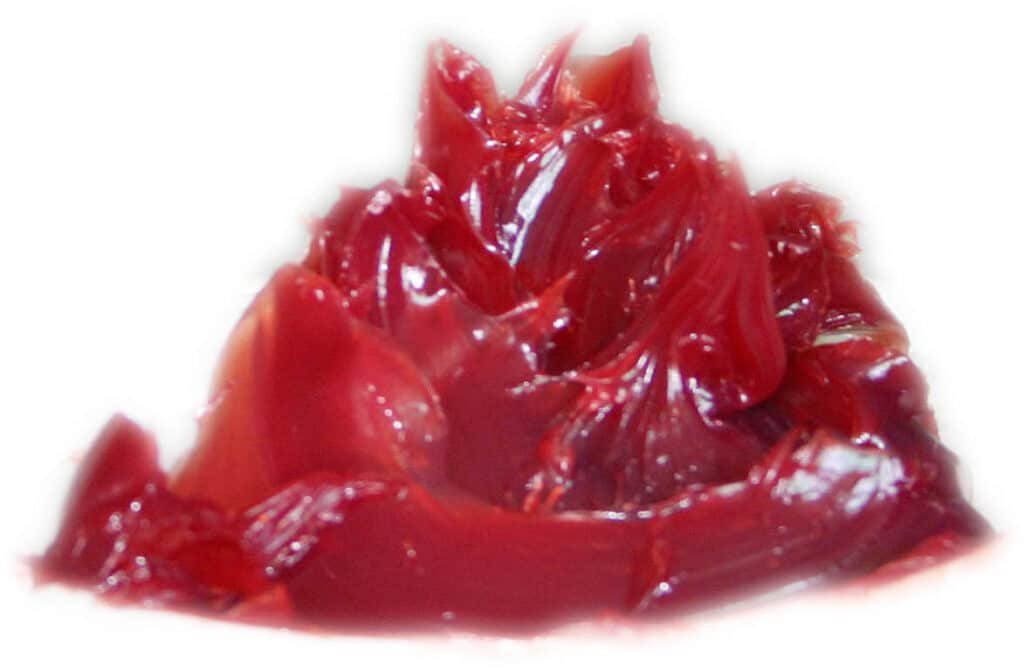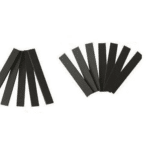When it comes to choosing a DC gear motor for your application, many factors come into play, such as voltage, speed, and torque. While voltage and speed are relatively easy to understand, torque can be a bit more confusing, especially for customers who may not have experience in the field.
One common misconception is that the higher the torque, the better the motor is. However, this is not necessarily true. In fact, there are several reasons why higher torque may not be the best choice for your application.
Firstly, higher torque can mean higher current. In other words, if you choose a motor with too much torque for your application, it may draw too much current, especially if your product is battery-powered. This can shorten your battery life and cause other problems down the line.
Secondly, higher torque can mean higher costs. Motors with higher torque often have more complex designs and require more expensive materials, which can drive up the cost of your product. If your application does not require such high torque, then you may end up paying more than you need to.
Finally, choosing a motor with too much torque can actually be detrimental to your product. If the torque is too high for your application, it can cause other components to fail or break, which can be costly and time-consuming to fix.
So, what should you do instead? We recommend that you load the motor at its rated torque, which is at the maximum efficiency point. In other words, choose a motor that is designed to deliver the torque you need for your application, without going overboard. This will ensure that you get the best performance from your motor while keeping costs and other issues under control.
In conclusion, while torque is an important factor when choosing a DC gear motor, higher torque is not always better. By choosing the right motor for your application and loading it at its rated torque, you can ensure optimal performance and avoid potential problems down the line. If you have any questions or need help selecting the right motor for your needs, don’t hesitate to reach out to us – our team of experts is always here to help.
